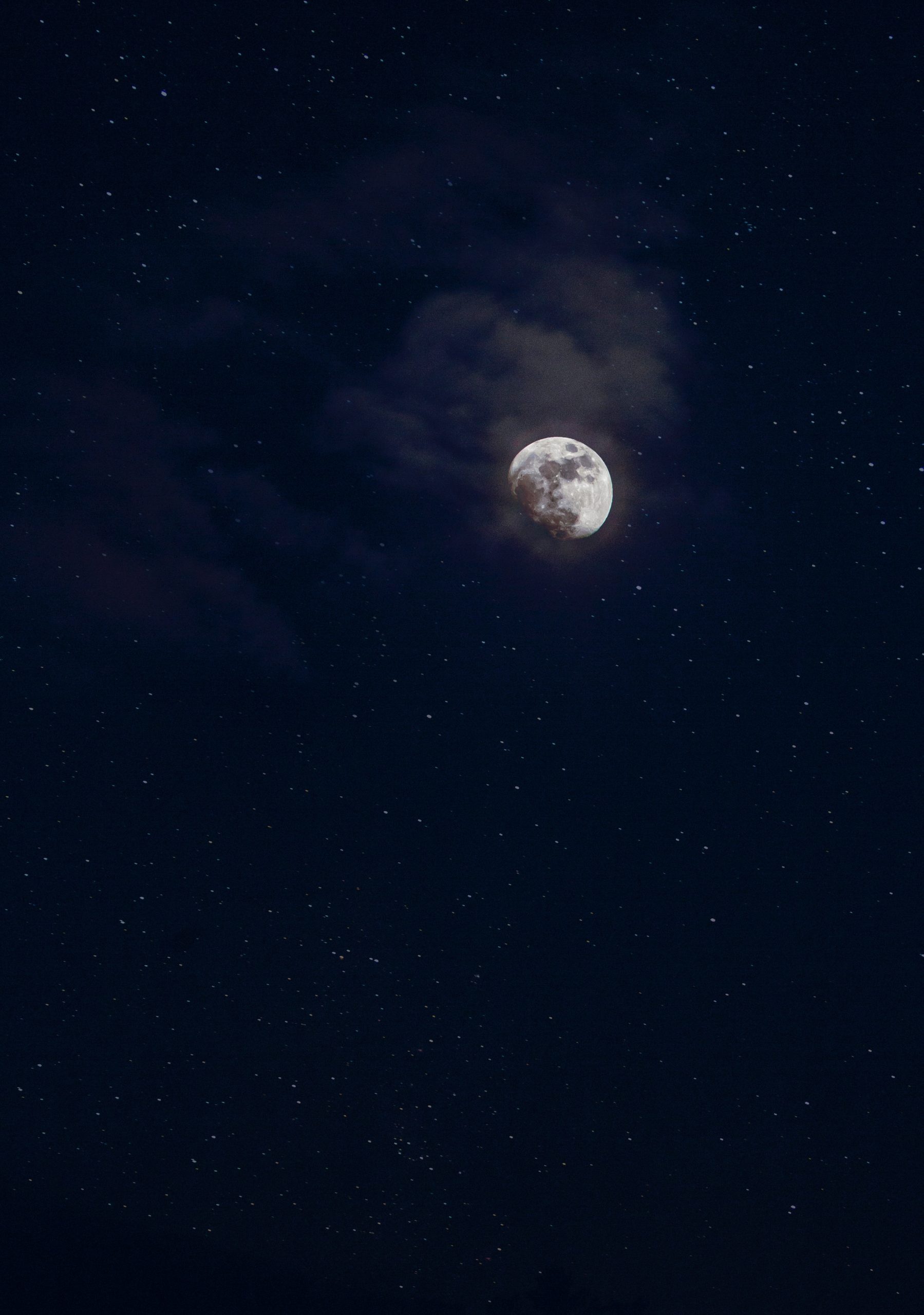Moon Phases Worksheet Answers: Understanding the Lunar Cycle
The moon has been a fascinating celestial body since ancient times. Its ever-changing appearance in the sky has captivated humans throughout history. Understanding the moon’s phases is essential for astronomers, scientists, and anyone who admires the wonders of the night sky. In this blog post, we will explore moon phases worksheet answers to help you better comprehend the lunar cycle.
What Are Moon Phases?
Moon phases refer to the different appearances of the moon as it orbits around the Earth. These phases are a result of the relative positions of the sun, Earth, and moon. We often observe eight main moon phases:
- New Moon
- Waxing Crescent
- First Quarter
- Waxing Gibbous
- Full Moon
- Waning Gibbous
- Last Quarter
- Waning Crescent
Each phase has its distinct appearance and occurs at specific times during the lunar cycle.
Using Worksheets to Understand Moon Phases
Worksheets are a valuable educational tool for comprehending complex subjects like moon phases. They offer a structured approach to learning, allowing students to engage actively and visualize the concepts being taught. When it comes to moon phases, worksheets typically consist of questions, diagrams, and activities aimed at reinforcing understanding and mastery.
One crucial element of moon phase worksheets is the inclusion of answer keys. These answer keys provide students with the correct responses, enabling them to self-assess their knowledge and identify areas requiring further study. Let’s dive into the answers for each of the eight moon phases:
1. New Moon
The new moon is the beginning of the lunar cycle. During this phase, the moon is positioned between the Earth and the sun, with its dark side facing us. Hence, it appears as a blank circle in the sky.
Worksheet Question: What is the appearance of the moon during the new moon phase?
Answer: The moon appears as a blank circle, with no visible illumination.
2. Waxing Crescent
The waxing crescent phase occurs shortly after the new moon. At this point, a small sliver of the moon becomes visible, resembling a crescent shape. The crescent gradually grows larger as the lunar cycle progresses.
Worksheet Question: How does the moon appear during the waxing crescent phase?
Answer: The moon appears as a small, crescent-shaped sliver.
3. First Quarter
The first quarter phase marks a significant milestone in the lunar cycle. During this phase, exactly half of the moon is illuminated and visible from Earth. It appears as a semicircle in the sky, with the right half illuminated in the Northern Hemisphere and the left half in the Southern Hemisphere.
Worksheet Question: What does the moon look like during the first quarter phase?
Answer: The moon appears as a semicircle, with the right half illuminated in the Northern Hemisphere and the left half illuminated in the Southern Hemisphere.
4. Waxing Gibbous
In the waxing gibbous phase, more than half of the moon is illuminated, yet it is not fully illuminated like during the full moon phase. The illuminated portion appears in a curved shape, gradually growing brighter.
Worksheet Question: Describe the appearance of the moon during the waxing gibbous phase.
Answer: The moon appears mostly illuminated, with a curved shape.
5. Full Moon
The full moon is arguably the most recognizable moon phase. During this phase, the moon is entirely illuminated and appears as a complete circle in the night sky.
Worksheet Question: How does the moon appear during the full moon phase?
Answer: The moon appears as a complete circle, fully illuminated.
6. Waning Gibbous
Following the full moon, the waning gibbous phase begins. In this phase, the moon starts to decrease in illumination. It retains a curved shape, but the illuminated portion gradually decreases in size.
Worksheet Question: What is the appearance of the moon during the waning gibbous phase?
Answer: The moon appears mostly illuminated, with a curved shape that is smaller than during the waxing gibbous phase.
7. Last Quarter
The last quarter phase occurs when precisely half of the moon is illuminated, just like in the first quarter phase. However, during the last quarter, the left half is illuminated in the Northern Hemisphere, and the right half is illuminated in the Southern Hemisphere.
Worksheet Question: How does the moon appear during the last quarter phase?
Answer: The moon appears as a semicircle, with the left half illuminated in the Northern Hemisphere and the right half illuminated in the Southern Hemisphere.
8. Waning Crescent
The final phase of the lunar cycle is the waning crescent. During this phase, only a small sliver of the moon is visible, similar to the waxing crescent phase. The illuminated portion continues to decrease until the new moon phase starts again.
Worksheet Question: Describe the appearance of the moon during the waning crescent phase.
Answer: The moon appears as a small, crescent-shaped sliver, reminiscent of the waxing crescent phase.
Conclusion
Understanding moon phases is an exciting journey into the wonders of the night sky. By using moon phases worksheet answers, students can solidify their knowledge and explore the incredible lunar cycle. Worksheets offer an interactive and engaging way to learn about moon phases, allowing students to comprehend the subject more effectively.
Remember, the moon’s appearance in the sky is a result of its alignment with the Earth and the sun. The eight main moon phases—the new moon, waxing crescent, first quarter, waxing gibbous, full moon, waning gibbous, last quarter, and waning crescent—each provide a unique view of our celestial neighbor.
Now armed with these moon phases worksheet answers, you can confidently dive into the lunar cycle and unravel its mysteries.
Table of Contents
